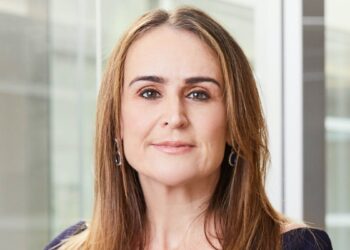With the $1.6 million transfer balance cap coming into effect from 1 July this year, some SMSF members with two pensions made up of different tax components are confused about which pension to commute back to the accumulation phase.
Speaking to SMSF Adviser, Colonial First State executive manager Craig Day gives the following case study of where complications may arise:
Take a client who has two account-based pensions for $1.6 million each. One is made up of 100 per cent tax-free component and the other is 100 per cent taxable component. Which one do you move back?
If the client isn’t concerned about the taxation of death benefits paid to adult kids, then it doesn’t matter. However, if they are, it’s an important decision as it could make a difference to the tax components and therefore tax that applies to any death benefits.
If you understand that in pension phase any growth will be allocated to tax-free and taxable components on a proportional basis based on the tax component proportions set at commencement, you may say it’s better to leave the pension made up entirely of tax-free component in the pension phase, as any growth will be allocated to tax-free component.
However, it’s a little more nuanced than that. We also have to take into account minimum drawdown percentages for account-based pensions, and the return on the pension account.
If the return on the pension account is likely to be less than minimum drawdown, you are not getting any growth. Meanwhile, your tax-free component is reducing, as it’s being paid as pension payments. In this case, you are actually better off leaving the pension made up of taxable component in pension phase and rolling back the tax-free pension to accumulation to preserve the tax-free component.
Alternatively, if the return on the pension account is higher than the minimum drawdown, you are better off with tax free in pension phase, as the growth will be allocated to the tax-free component which will then increase over time.
Obviously, the minimum drawdown starts low, but increases with age. Therefore, the best strategy of all may be starting off with the pension made up of tax-free component in the pension phase, and then commuting and swapping over at a latter age, maybe at 75 or 80, when minimums jump to 6 and 7 per cent respectively.
The other complication is the amount of income the client wants. If it’s more than the minimum and taken as pension payments, the decision is return dependant.
However, if the member is taking extra as lump sums, then it’s generally better to have tax free in pension phase.
Mr Day’s conclusion is that, effectively, there is no “rule of thumb” when it comes to working through these scenarios with your clients, and professionals should consider all associated variables before making a decision.
“All of a sudden now that the rubber is hitting the road in terms of the commutation requests coming through, advisers are now asking these questions … and clients want answers too,” he added.


